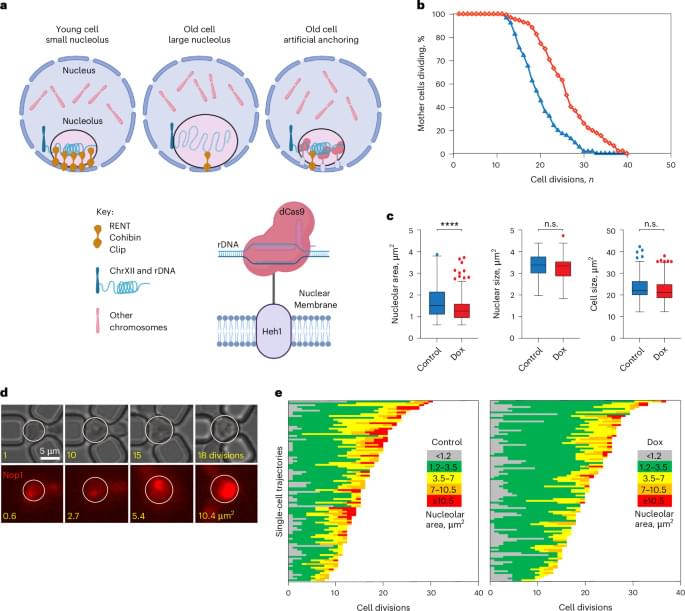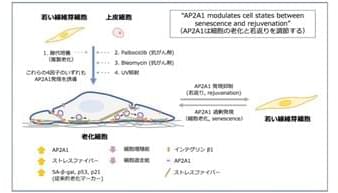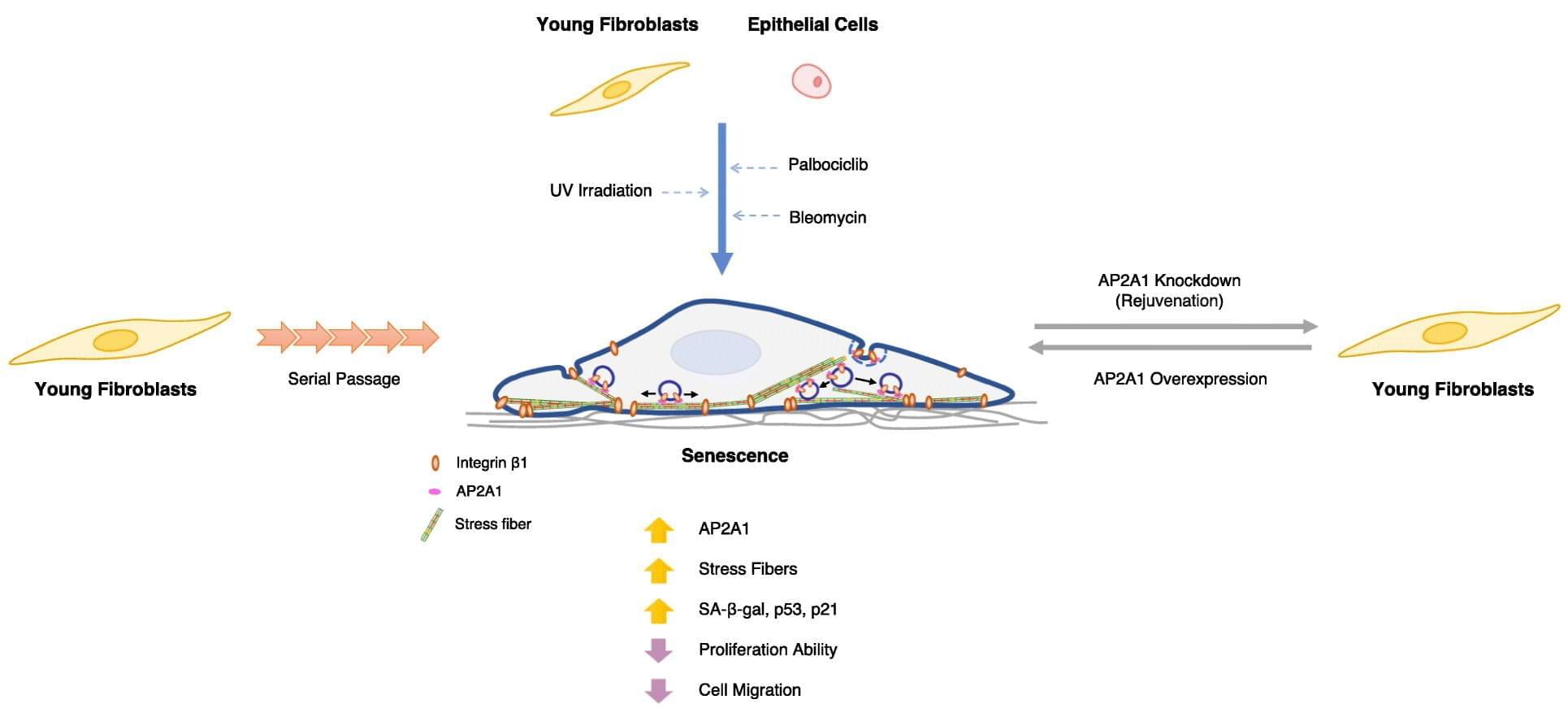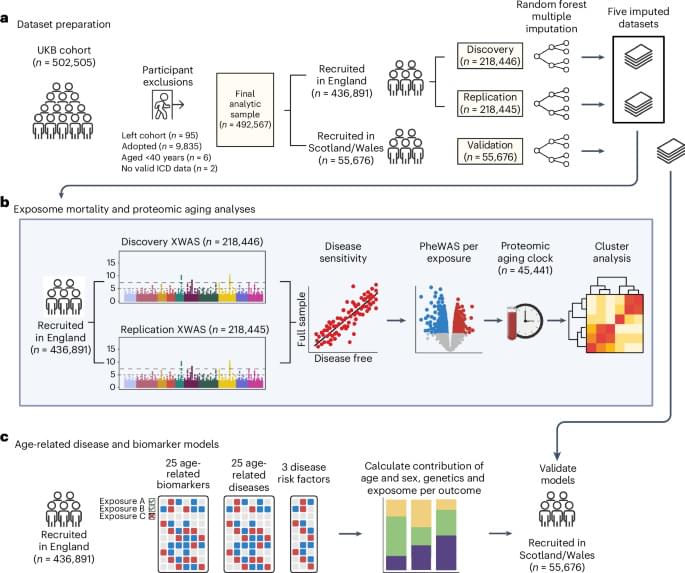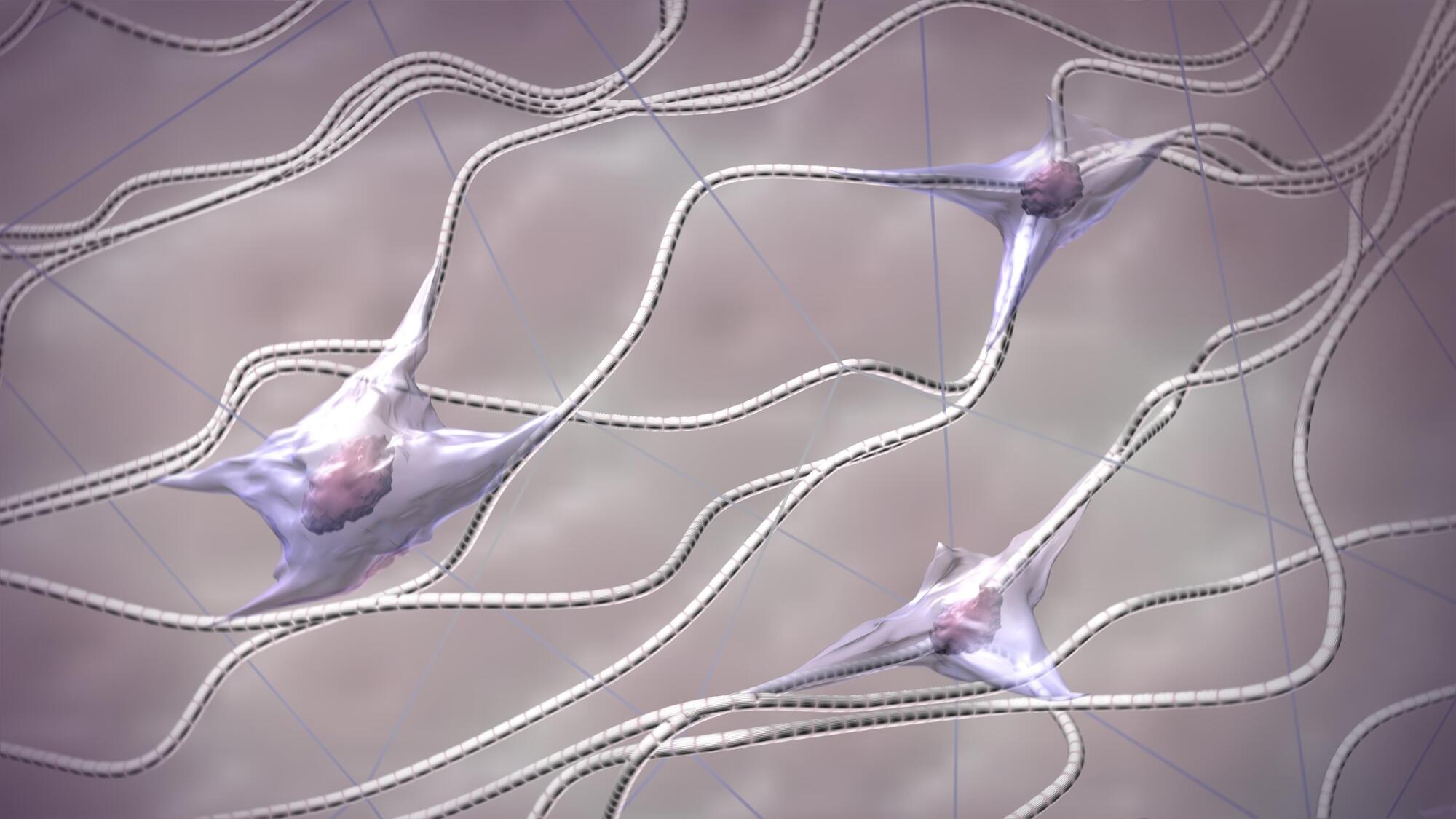Graying hair is a hallmark of aging, often considered an inevitable part of growing older. However, recent research from Nagoya University in Japan led by Masashi Kato and Takumi Kagawa suggests that an antioxidant might suppress this process. The researchers identified luteolin, an antioxidant found in vegetables including celery, broccoli, carrots, onions, and peppers, as being a potential anti-graying agent. Their findings pave the way for potential applications in human hair care.
The researchers’ study focused on three antioxidants—luteolin, hesperetin, and diosmetin—to assess their anti-graying effects in mice that were bred to go gray like humans. The difference was startling, the mice that received luteolin retained their black fur, even as their cage mates’ fur turned gray, regardless of whether the luteolin was given externally or internally.
“This result was surprising,” Professor Kato said. “While we expected that antioxidants may also have anti-graying effects, only luteolin, not hesperetin or diosmetin, demonstrated significant effects. This finding suggests that luteolin may have a unique medicinal effect that prevents graying.”


